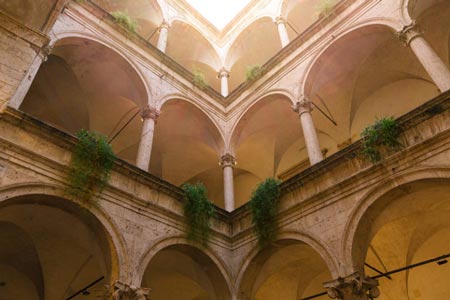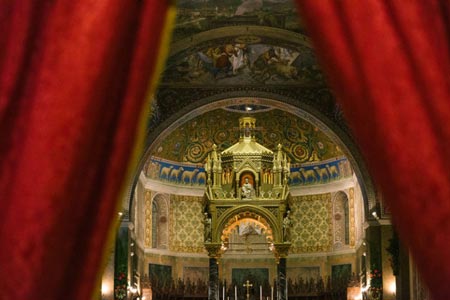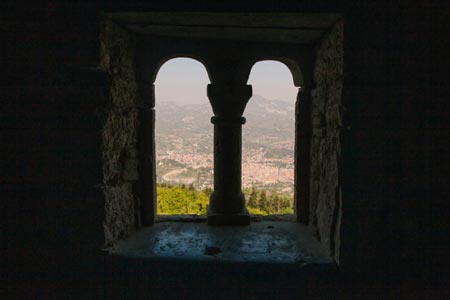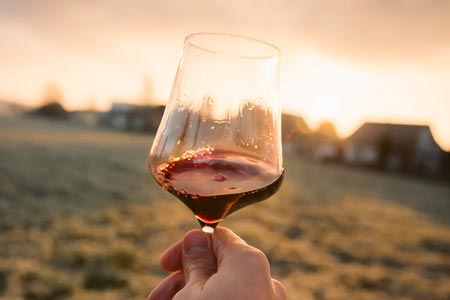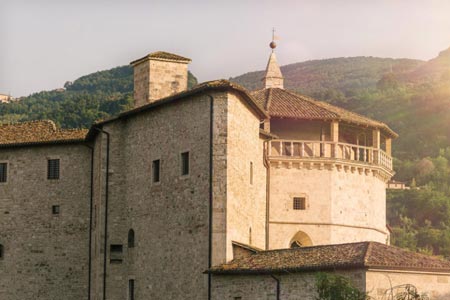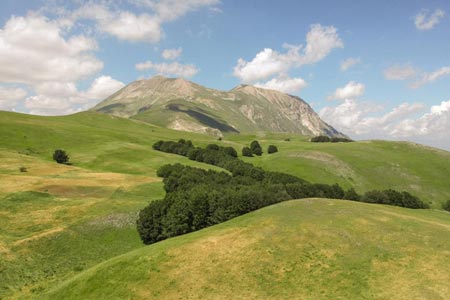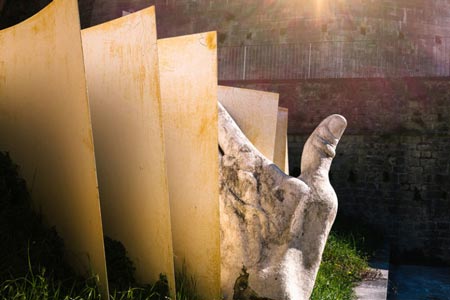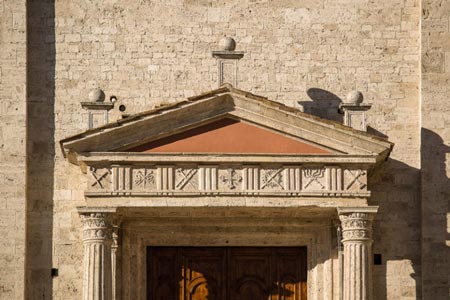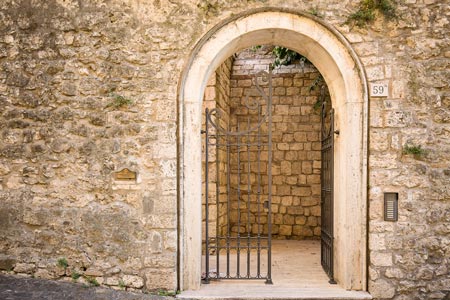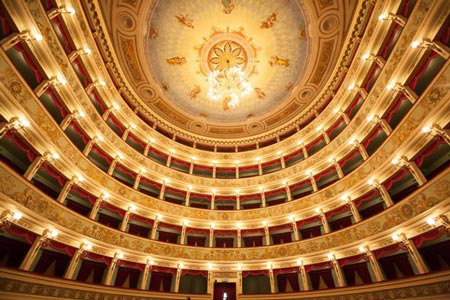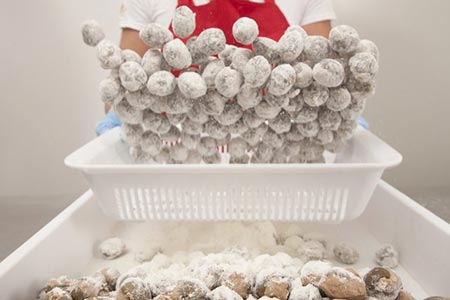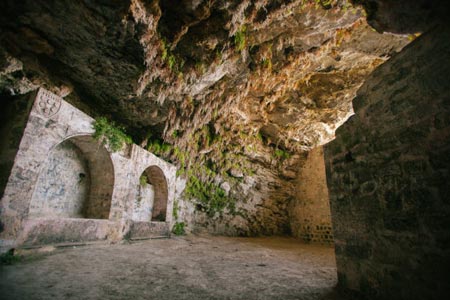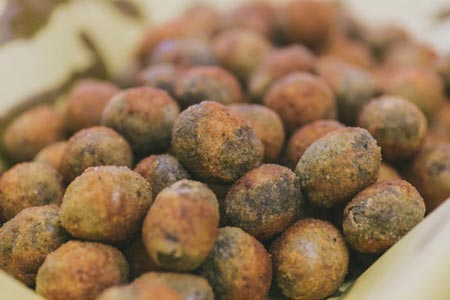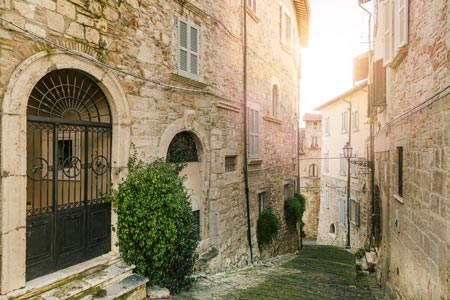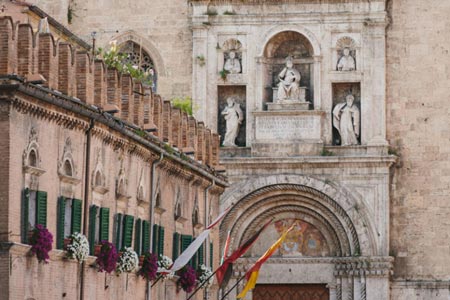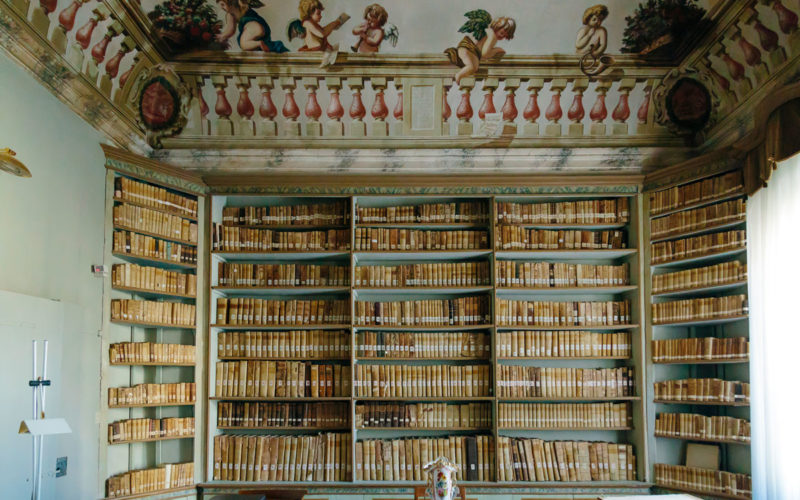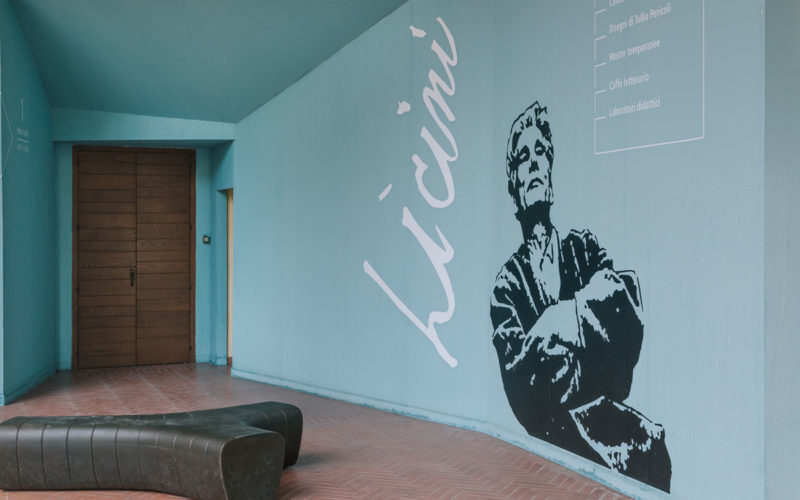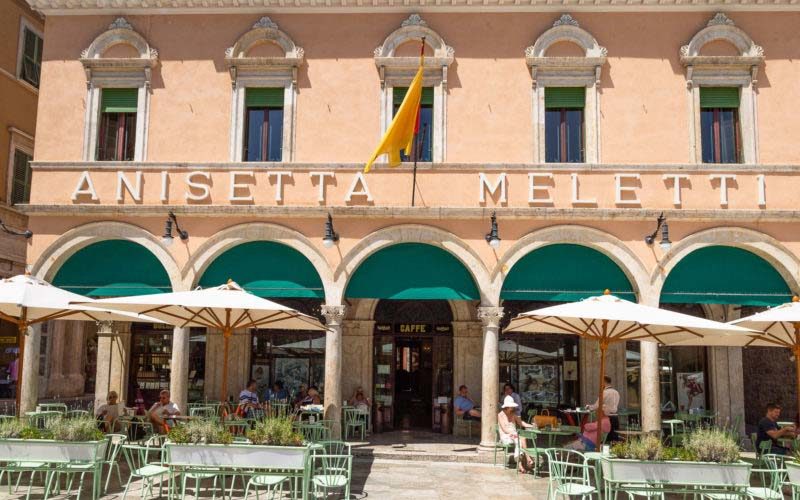The Museums of Ascoli Piceno: the Museums of the Early Middle Ages in Ascoli
The most recent museum of Ascoli Piceno, the Museum of the Early Middle Ages, is located inside the Forte Malatesta, one of the most important and spectacular fortified Renaissance architectures in Italy and one of the most fascinating monumental sites in town. The Forte Malatesta has undergone many transformations over the centuries: it was created to be a place of worship and prayer and it was later turned into a mighty fortress by architect Antonio da Sangallo the Younger, by the will of Pope Paul III Farnese (1549).
Reopened after a long and complex restoration, the Forte Malatesta of Ascoli Piceno today houses temporary exhibitions of contemporary art and, since March 2013, it has been home to Early Middle Ages finds (on the third floor) from the town of Ascoli Piceno, from the area near Acquasanta Terme and from the tiny village of Castel Trosino. Here, an entire Lombard Necropolis was found in 1902, with hundreds of burials with rich funerary objects, later moved to the Museum of the Early Middle Ages in Rome.
Thanks to an agreement between the Municipality of Ascoli Piceno, the Ministry for Cultural Heritage and the Superintendence of Archaeological Heritage of Le Marche, some pieces have been returned to the museum of Ascoli Piceno, namely male and female grave goods that show the mastery of the artisans of the time in processing metals and gold: the weapons, horse harnesses, necklaces, earrings and rings on display reveal an extraordinary beautiful technique. By using the museum’s multimedia tools, you can learn more about each piece in an engaging way, through images and files that describe their function and origin.
The Museum of the Early Middle Ages in Ascoli Piceno is, therefore, a place dedicated to archaeology, where visitors can experience an exciting journey into the past by using cutting-edge technological tools.
CONDIVIDI I TUOI SCATTI CON GLI HASHTAG: #visitascoli #ascolipiceno2024
AUTHOR: Prof. Stefano Papetti, art critic and historian
